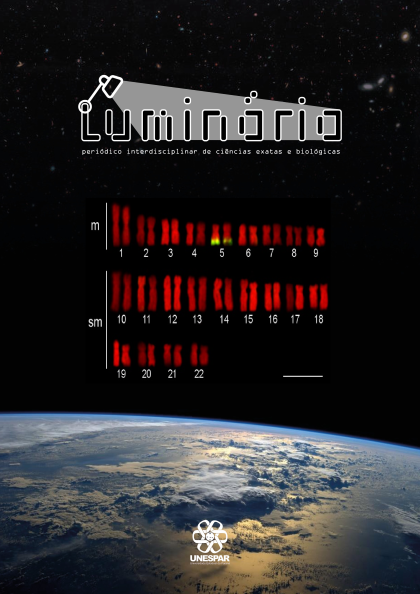Karyotype reexamination of Corydoras paleatus (Siluriformes) and a review of the cytogenetics of genus with a focus on the ribosomal genes
DOI:
https://doi.org/10.33871/23594373.2023.25.02.8078Resumen
The subfamily Corydoradinae is the second largest among the callictids, comprising three genera, with Corydoras Lacépède, 1803 being the largest in the number of species. The genus Corydoras has been divided into five groups of species based on differences in diploid number, chromosomal morphology, and DNA content. Chromosome studies can provide crucial details on population differentiation. To better understand the diversification that occurs in this fish group, the current study based on such markers, presents data from a population of Corydoras paleatus from the first plateau of Paraná, putting them in a comparative scenario. The specimens studied has 2n=44 chromosomes with a karyotypic formula of 18m+26sm. Although conserved, this karyotypic structure shows variation in other populations of C. paleatus already studied, a consequence of chromosomal rearrangements that modify the morphology of chromosomes without modifying the 2n, such as centromeric repositioning. C-banding revealed conspicuous pericentromeric markings in metacentric pairs 4 and 8 and in submetacentric pairs 10 and 14, whose bands have been considered a chromosomal marker not only for C. paleatus but also for the genus. Fluorescent in situ hybridization (FISH) showed the major rDNA (45S) in the terminal region of the long arm of metacentric pair 5. Such location has already been described in other populations of C. paleatus, as they have also been mapped in short arms and with multiple patterns. The present study also provides a review of the genus Corydoras regarding the 2n, karyotypic formula and mainly regarding the number and location of the 45S and 5S rDNA, confirming a scenario in which chromosomal rearrangements have been modeling karyotypes of different populations and settling in the absence of gene flow, a consequence of vicariant events that occurred in the different basins.
Descargas
Descargas
Publicado
Número
Sección
Licencia
Todas as informações, opiniões, dados, referências, citações e posicionamentos
expressos nos textos científicos publicados são de inteira responsabilidade dos seus respectivos autores/escritores, cabendo-lhes os elogios, as críticas e as possíveis conseqüências legais e jurídicas.Uma vez aceito para publicação, o autor concorda em ceder os direitos autorais da publicação do texto científico encaminhado à revista Luminária.





